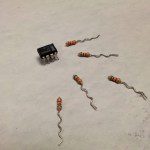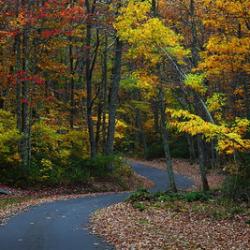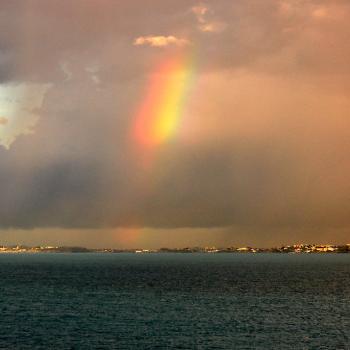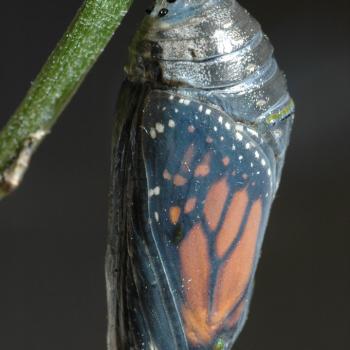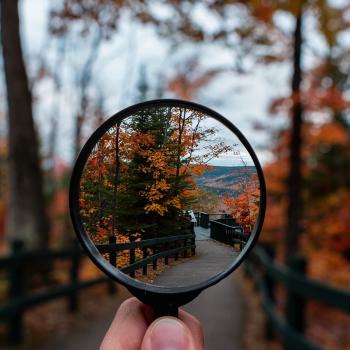We all need explainers – from the “Explainer in Chief” – former President Bill Clinton to Bill Nye the Science Guy- and the need to explain is as old as creation. In the past, the Great Explainers were the story-tellers- those who remembered the lore- people who could tell us how everything from gender to cosmology to agriculture came to be. Origin stories tell us that there are limits and reasons for everything, and also, I would argue, that there are consequences to our actions. Prometheus, for example, stole fire, a great boon for humanity, but as a result suffers for the rest of time. From these origin stories we first get a clear sense of boundaries, and one of the most important of these boundaries is the boundary between life and death.

The Origin of Death
The Wampanaog Nation of Massachusetts has one of my favorite stories about the origin of death, which is retold in the Pagan Book of Living and Dying. In this story, the population of the earth expands, and Matahdou, a denizen of the other world, convinces Maushop on earth that he is lonely on the other side. Maushop convinces the earth’s populations- all of earth’s creatures- to have a conference to decide what to do, not just Matahdou’ s loneliness, but about the ever-increasing population of the earth. The male animals (both humans and otherwise) decide that they will solve the problem of future scarcity by sealing the earth’s birth portal and reserving all the earth’s current resources for those presently alive. The women decide otherwise- there will be renewal, which goes hand in hand with death, because otherwise how will new souls get to experience life? The story ends by stating:
“So, since it was the women who were in charge of birth and of raising those little ones, they were the ones who had the last word, and that’s the way it has been ever since.”
I love this story not just because of the way it explains death, but of the way it makes it possible for us to consider the question of life- not just on a human scale, but on a planetary scale. For me, the implication is clear: balance is the key to life. One of the important lessons of ecology and sustainability is the falsehood of growth- our economies are measured by how much they are growing (GDP) – which implies ever-increasing resources, ever-increasing wealth. Even if we “close the doors” on birth, the earth’s resources would eventually subside. There is no such thing as a continually renewable planet with without sacrifice and it is mostly paid by the 2/3rds world countries, not the industrialized ones. If we chose the option of accepting the status quo instead of acknowledging death, of holding growth as the only goal, we ultimately, paradoxically, chose the path of the most destruction.
As much as we have been accustomed to equating mythology with falsehood, it is important to consider another fact: Myths convey truths about the human condition that are felt on the level of symbol and story, a deeply important psychological well that all cultures draw from. Without the full range of explainers – from scientists to griots, where would we be?
One of our foremost Unitarian Universalist theologians, the late Forrest Church, said famously that religion is how we answer the question of being alive and knowing we must die. I would argue that mythology plays and continues to play a huge role in this, and origin stories even more so.



